About Uda City 【Ouda】
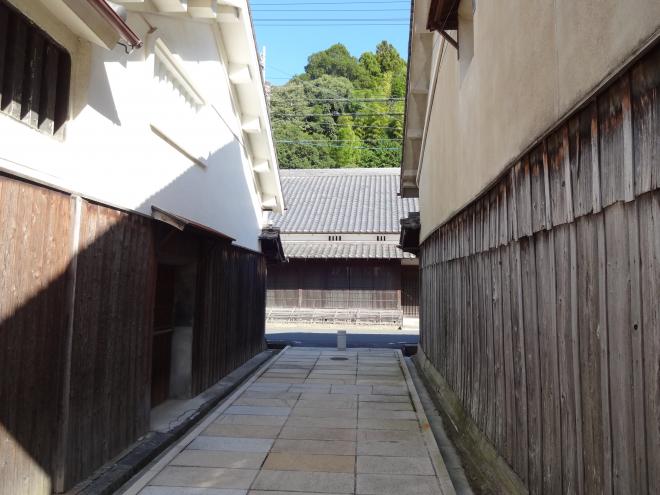
Ouda, the Quaint Historic Town and Birthplace of Modern Medicine.
Ouda was originally called ‘Akino’ in the ancient times, and the area was used as an imperial hunting ground. Since the Sengoku period (the Warring State period, 15th-16th century), Ouda has flourished as a castle town around Uda-Matsuyama Castle, and the area retains the atmosphere of those days.
又兵衛桜 Matabei Zakura
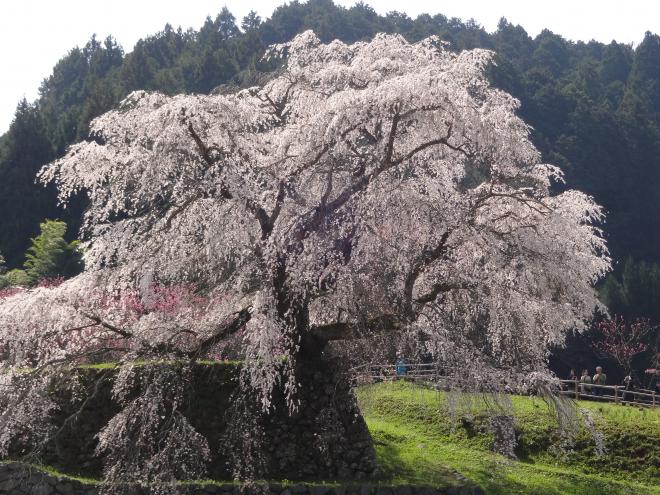 This huge weeping tree is named after Matebei Goto, a military commander in the Sengoku Period (15th-16th century). Estimated to be about 300 years old, this ancient tree has a trunk circumference of over 3 meters and the height of 13 meters. In spring, about 80 thousand visitors from all over Japan flock to Ouda just to see this iconic tree.
This huge weeping tree is named after Matebei Goto, a military commander in the Sengoku Period (15th-16th century). Estimated to be about 300 years old, this ancient tree has a trunk circumference of over 3 meters and the height of 13 meters. In spring, about 80 thousand visitors from all over Japan flock to Ouda just to see this iconic tree.
Address
Ouda-Hongo, Uda City, Nara Prefecture, 633-2156
Access
From Kintetsu Haibara Station, take a bus bound for ‘Ouda’. Get off at ‘Ouda High School’ and walk for 20 minutes.
宇陀松山地区 Uda-Matsuyama, a Historic Townscape
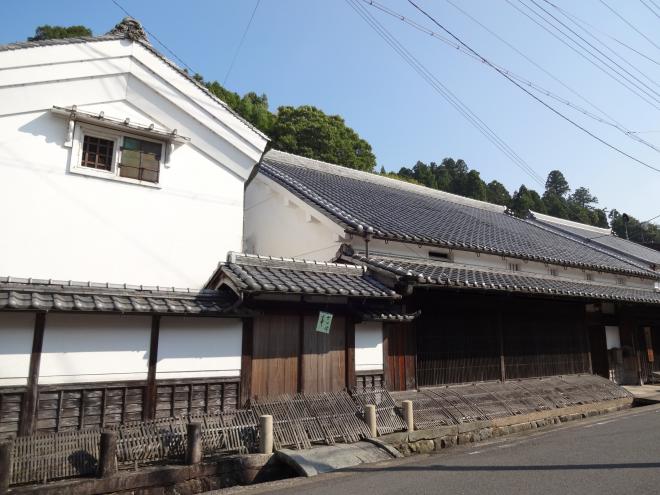 With many historic buildings that remain unchanged since the Edo Period (16th – 18th century), Uda-Matsuyama has been designated as one of the Important Preservation Districts for Groups of Historic Buildings. Known as a town of medicine, the streets have some facilities associated with medicine and herbs, including Morino Medicinal Herb Garden and Kusuri-no-Yakata (Uda City Historic Museum of Medicine).
With many historic buildings that remain unchanged since the Edo Period (16th – 18th century), Uda-Matsuyama has been designated as one of the Important Preservation Districts for Groups of Historic Buildings. Known as a town of medicine, the streets have some facilities associated with medicine and herbs, including Morino Medicinal Herb Garden and Kusuri-no-Yakata (Uda City Historic Museum of Medicine).
Address
Ouda-Hiroo, Uda City, Nara Prefecture, 633-2164
森野旧薬園 Morino Medicinal Herb Garden
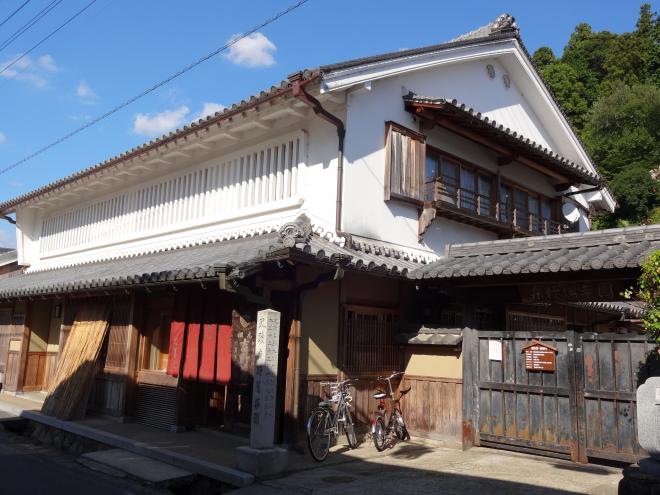 This is one of Japan’s oldest private medicinal herb gardens, which was first opened in 1729 by Tosuke Morino; the 11th-generation owner of the old-established Kuzu (arrow-root starch) manufacturer, Morino Yoshino-kuzu Honbo. Here, 250 kinds of herbs are growing in the yard throughout the year, including ‘Katakuri’ (Japanese dog’s tooth violet). A whole town of Uda-Matsuyama can be viewed from the hill.
This is one of Japan’s oldest private medicinal herb gardens, which was first opened in 1729 by Tosuke Morino; the 11th-generation owner of the old-established Kuzu (arrow-root starch) manufacturer, Morino Yoshino-kuzu Honbo. Here, 250 kinds of herbs are growing in the yard throughout the year, including ‘Katakuri’ (Japanese dog’s tooth violet). A whole town of Uda-Matsuyama can be viewed from the hill.
Address
1880 Ouda-Kamishin, Uda City, Nara Prefecture, 633-2161
Access
From Kintetsu Haibara Station, take a bus bound for ‘Ouda’. Get off at the final stop and walk for 10 minutes.
薬の館 Kusuri-no-Yakata, Uda City Historical Museum of Medicine
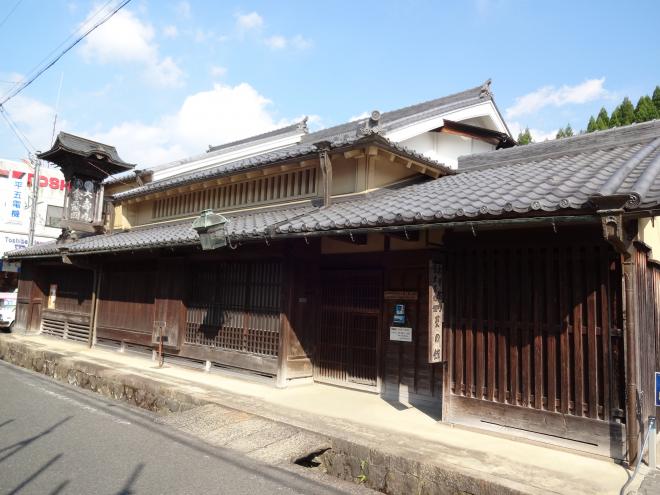 This museum shows the history of the pharmaceutical industry developed in Ouda. This is the former Hosokawa Family house, estimated to be built in the late Edo period. The family was a medicine wholesaler, and later became the founder of one of Japan’s biggest pharmaceutical companies. The building’s appearance and interior is a reminder of a merchant town in those days.
This museum shows the history of the pharmaceutical industry developed in Ouda. This is the former Hosokawa Family house, estimated to be built in the late Edo period. The family was a medicine wholesaler, and later became the founder of one of Japan’s biggest pharmaceutical companies. The building’s appearance and interior is a reminder of a merchant town in those days.
Address
2003 Ouda-Kami, Uda City, Nara Prefecture, 633-2174
Access
From Kintetsu Haibara Station, take a bus bound for ‘Ouda’. Get off at ‘Ouda High School’ and walk for 10 minutes.
松山西口関門 Matsuyama Nishiguchi Kanmon (West Barrier Gate)
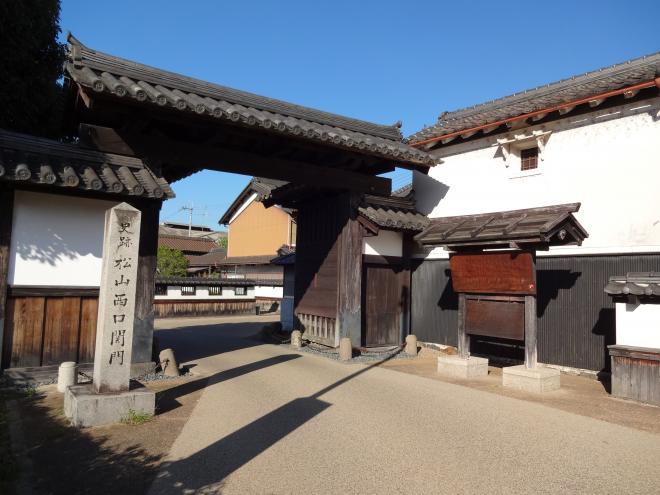 This gate was built in the early Edo period, and is affectionately called ‘Kuro-Mon (Black Gate)’, as it was painted black except the wall. Kuro-Mon is the only remains of Matsuyama Castle, and designated as a National Historic Sites.
This gate was built in the early Edo period, and is affectionately called ‘Kuro-Mon (Black Gate)’, as it was painted black except the wall. Kuro-Mon is the only remains of Matsuyama Castle, and designated as a National Historic Sites.
Address
215-3 Ouda-Shimocha, Uda City, Nara Prefecture, 633-2170
Access
From Kintetsu Haibara Station, take a bus bound for ‘Ouda’. Get off at ‘Nishiyama’, and walk for 5 minutes.
宇陀松山城跡 Uda-Matsuyama Castle Ruins
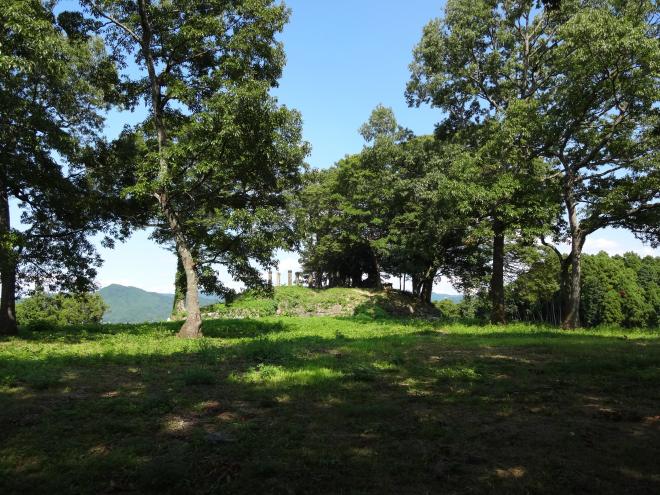 Uda-Matsuyama Castle, which is believed to have been built in the 14th century, was ordered to be destroyed by Tokugawa clan after Summer Siege of Osaka (1615). 2015 marked the 400th anniversary since its destruction. On the hill lies stone wall, which is the remains of the castle. The hill offers an amazing view of mountains.
Uda-Matsuyama Castle, which is believed to have been built in the 14th century, was ordered to be destroyed by Tokugawa clan after Summer Siege of Osaka (1615). 2015 marked the 400th anniversary since its destruction. On the hill lies stone wall, which is the remains of the castle. The hill offers an amazing view of mountains.
Address
Ouda-Kasuga, Uda City, Nara Prefecture, 633-2114
Access
From Kintetsu Haibara Station, take a bus bound for ‘Ouda’. Get off at the final stop ‘Ouda’ and walk for 20 minutes.
徳源寺 Tokugen-ji Temple
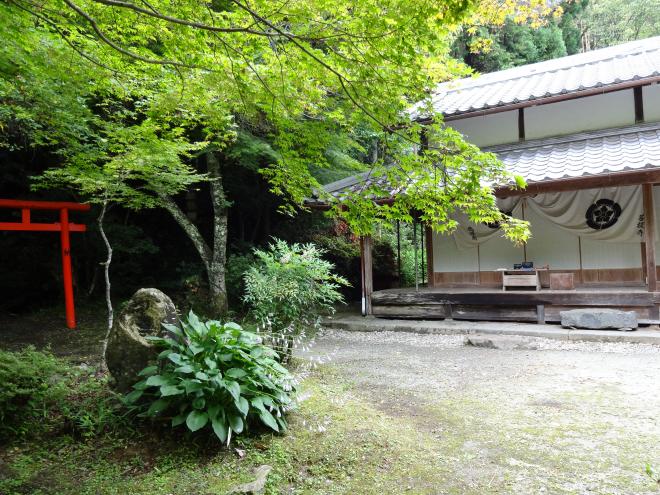 Buit in 1632, Tokugen-ji is known as the family temple of Oda family who was ruling Uda-Matsuyama area. There is no longer the main hall anymore, but remains a five-storied stone pagoda as the public cemetery of the Oda family. Hydrangeas beautifully cover both sides of the stone steps to the temple in early summer.
Buit in 1632, Tokugen-ji is known as the family temple of Oda family who was ruling Uda-Matsuyama area. There is no longer the main hall anymore, but remains a five-storied stone pagoda as the public cemetery of the Oda family. Hydrangeas beautifully cover both sides of the stone steps to the temple in early summer.
Address
809 Ouda-Iwamuro, Uda City, Nara Prefecture, 633-2116
Access
From Kintetsu Haibara Station, take a bus bound for ‘Ouda’. Get off at ‘Gojyukken’ and walk for 5minutes.
Currently the load to the‘Gorinto’is closed due to a collapse.
大願寺 Daigan-ji Temple
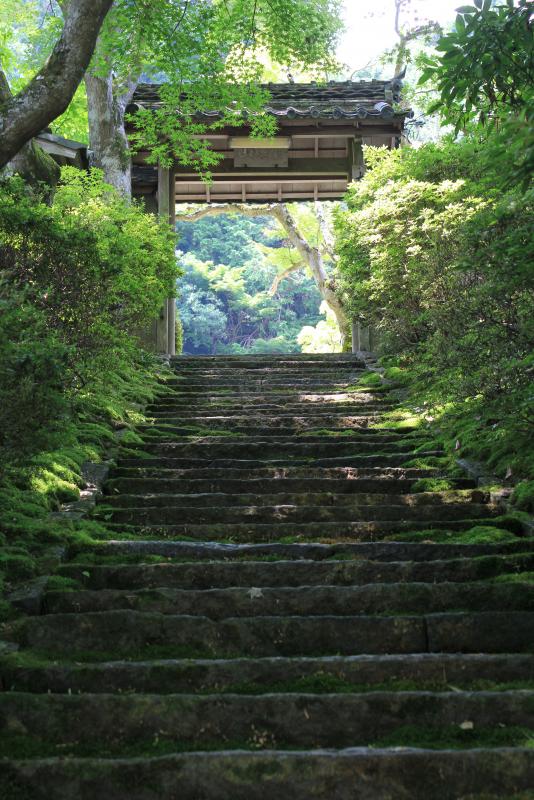 This temple is believed to have been built in the Asuka period, ordered by Shotoku Taishi (Prince Shotoku), an influencial regent and a politician of that period. In the temple ground stand many tree including a huge fir tree, Japanese zelcova, and wild cherry trees, and autumn leaves are stunning too. The temple is known for its restaurant that offers medical herb cuisine. (reservation required)
This temple is believed to have been built in the Asuka period, ordered by Shotoku Taishi (Prince Shotoku), an influencial regent and a politician of that period. In the temple ground stand many tree including a huge fir tree, Japanese zelcova, and wild cherry trees, and autumn leaves are stunning too. The temple is known for its restaurant that offers medical herb cuisine. (reservation required)
Address
736 Ouda-Hiroo, Uda City, Nara Prefecture, 633-2164
Access
From Kintetsu Haibara Station, take a bus bound for ‘Ouda’. Get off at the final stop ‘Ouda’ and walk for 5 minutes. Daigan-ji is located in the back of the Roadside Station Ouda.
阿紀神社 Aki Shrine
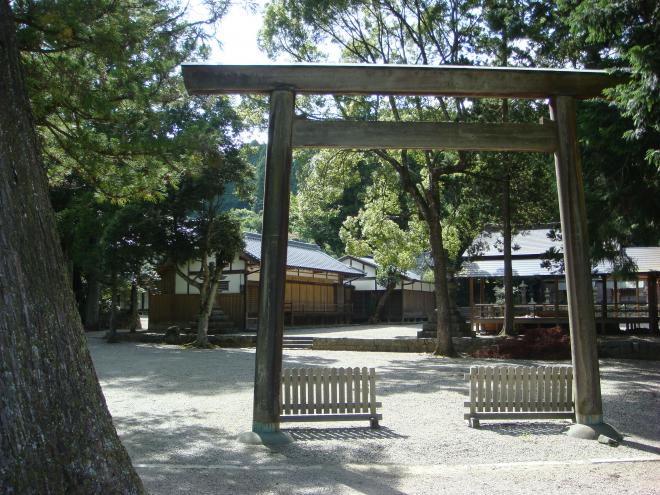 This shrine enshrines Amaterasu, the goddess of the sun. The main hall of this shrine is made in the same style as Ise Shrine. Within the shrine grounds, there is a Noh stage, where Noh was performed from the Edo period. The tradition stopped in the Taisho period, but revived in 1992 as ‘Akino-Hotaru-Noh’ that has been held annually in June. The highlight of this event is releasing fireflies in the dark during the Noh performances.
This shrine enshrines Amaterasu, the goddess of the sun. The main hall of this shrine is made in the same style as Ise Shrine. Within the shrine grounds, there is a Noh stage, where Noh was performed from the Edo period. The tradition stopped in the Taisho period, but revived in 1992 as ‘Akino-Hotaru-Noh’ that has been held annually in June. The highlight of this event is releasing fireflies in the dark during the Noh performances.
Address
25 Ouda-Hasama, Uda City, Nara Prefecture, 633-2166
Access
From Kintetsu Haibara Station, take a bus bound for ‘Ouda’. Get off at ‘Ouda Highscool’, and walk for 5 minutes.